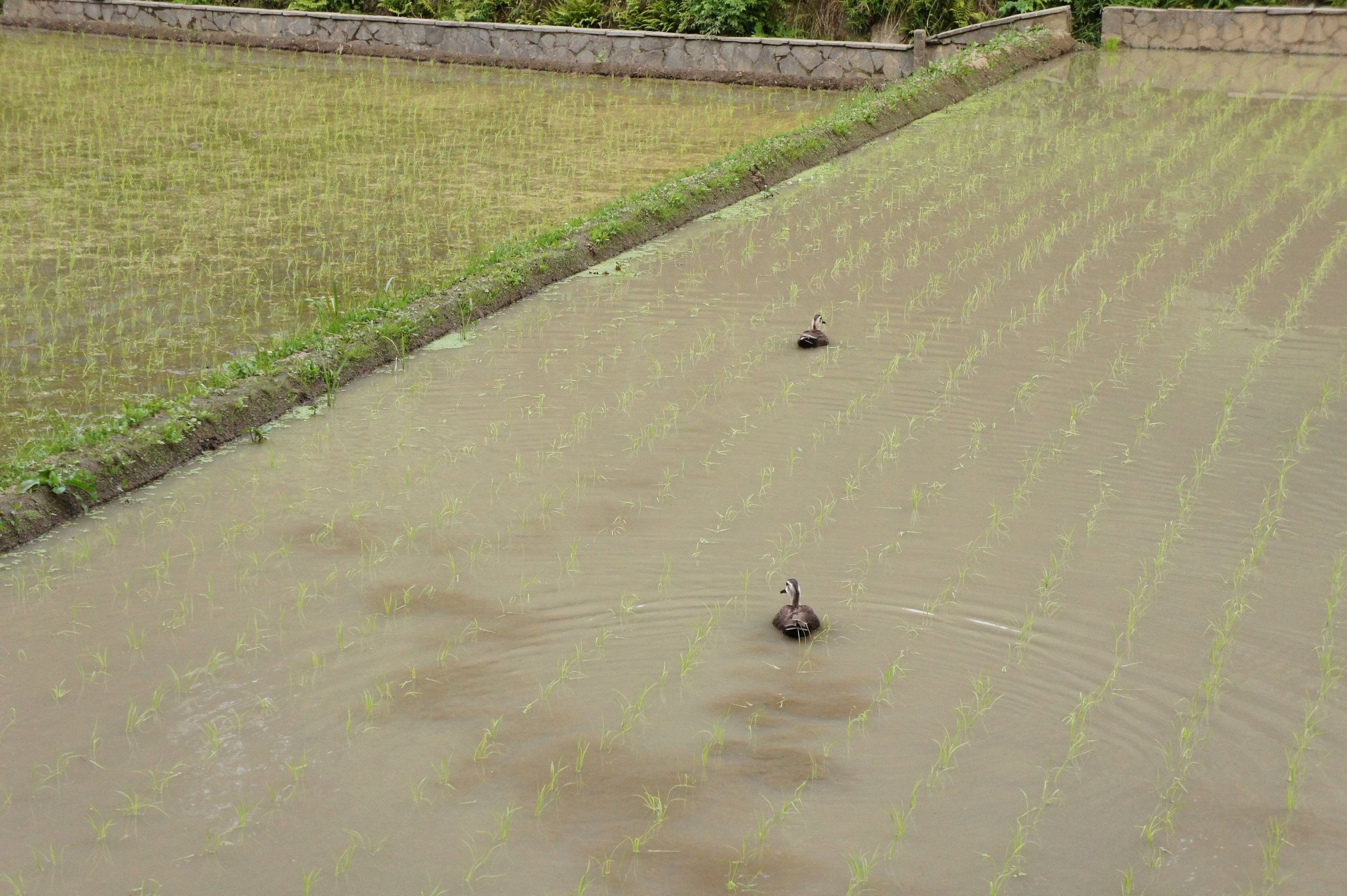I waited for the Sun to set over the rice paddy fields surrounding the Kumano Shrine just outside Yokohama. As darkness fell around me, the people poured in. We were here to see a lot of insect sex.
This afterdark June-time activity is more commonly described as taking a wholesome family trip to see the fireflies. But since these bugs emit light to attract a mate, we should embrace the event for what is it:
Insect voyeurism.
Like cherry blossom viewing, the mating season for the hotaru is one of the annual events in the (Honshu-island) Japanese calendar.
Fireflies lay their eggs in July, which hatch into larva after about one month. The larva phase is the longest part of the fireflies' life cycle, which don't develop into a pupa until April or May the following year. From the end of May and June, the pupa grows wings and becomes an adult firefly; a final bright stage that only lasts about a week.
Once night had properly fallen, the evening air around the rice paddies was split by the dual performances of children's shouts and frog croaks.
Earlier at dusk, I had photographed an idyllic scene of a couple of ducks swimming in the paddy water. Twitter promptly told me the feathery additions were brought in to keep down the afore mentioned amphibian population, and then eaten themselves at the season's end.
Thanks, twitter.
Faintly traumatised, I waited while the ducks enjoyed one of their numbered nights on Earth and the fields darkened: it was time to search for fireflies.
The internet had promised me that firefly season revealed an incredible scene of glowing orbs that turn the world into a magical wonderland of the type described in fairy tales:
Photo by Rodd Lucier used under CC via TokyoCheapo.
The reality my camera captured was:
True image.
Either because of our location or due to it being near the end of the season, the fireflies were not particularly numerous. Alternatively, they had become fed-up of their mating call bringing all the wrong boys to the yard. Each time a bright flicker appeared among the foliage, a chorus of 'Ahhhs!' rose from the surrounding crown, which swarmed over to the spot with cameras a'clicking.
What should have been an R-rated love fest became a G-rated movie. I judged everyone for their crudity.
Then made myself ready so next time I heard an 'Ahhh!', I'd be at the front with my own camera.
If there'd been a greater number of fireflies and I'd been more skilled at operating my camera, a long exposure over the fields would probably have produced the magical kingdom scenes. With neither of those attributes at my disposal, I instead jammed my finger over the shutter button and took many black portraits of the night, interspersed with the occasional bulb of insect glow-butt.
Action shot.
I don't think I'd ever seen fireflies before or --if I had-- I'd never realised exactly how bright they light up. They are so bright that they look like pinpricks of artificial light hidden within the trees. If you could cross a green spherical candy with a UFO... that would be a firefly.
The firefly's luminescence flickers and they move at speed, making them devilishly hard to capture on camera. One flew right past my nose, but you're just going to have to take my word for that. It was very cool: trust me.
If you want to go earlier in the season where the fireflies may be more numerous, I would recommend picking a location not close to a road. Had I been able to try a long exposure over the rice paddies, the photo would have been overwhelmed by the passing of car headlights.
In Japanese culture, fireflies have allegedly symbolised passionate love since the eighth century poetry of Man'you-shu. They are also associated with the returning souls of loved ones and sung about in a popular school song, Hotaru no Hikari (light of the firefly), whose tune is inexplicably that of Auld Lang Syne. For the fireflies themselves, however, this is the short period in their week-long adult life where they can get down to business.






